PREFACE
Samuel Johnson, regarded as one of the greatest English figures of 18th-century life and letters, once said of the celebrated poet and author Geoffrey Chaucer , defined by some as the father of English literature, that he “took much from the Italians”. He was of course referring to Chaucer’s “Canterbury Tales”, a set of twenty four stories very much inspired by the “Decameron”, an original work by the Italian writer and poet Giovanni Boccaccio.
Petruccio Ubaldini was an Italian exile who arrived in England from Florence in 1545 and was known for his account in Italian, of the English victory over the Spanish Armada. The Tudor Queen , Elizabeth I, liked Petruccio so much as to give him a pension.
The English writer Daniel Defoe–creator of the novel Robinson Crusoe and of A Journal of the Plague Year in London in 1665 – championed not just the Italians but all newcomers to England. In 1709 he wrote:
opening the nation’s doors to foreigners, has been the most direct and immediate reason of our wealth and… has brought us from a nation of slaves and mere soldiers to a rich, opulent, free and mighty people
But sadly the mood against the foreigners was hardening and the conservative Parliamentary members of the day– history constantly repeats itself! – soon began denouncing the presence of the aliens as a threat and a drain on the resources of the Nation.
Italian literature was barely known in England before the first half of the 18th century, when Giuseppe Baretti, a friend of Dr Johnson, began championing the Italian literary cause during his exile here. The first Italian-into-English dictionary was the creature of his labour.
Other Italians – and they can be counted in the hundreds – who achieved success and fame in England were:
- Giovanni Battista Cipriani ; founder member of the Royal Academy and a Freemason.
- Antonio Canal from Venice (better known as Canaletto) , who devoted a decade in Soho in 1746 to painting the Grand Canal from memory.
- Giacomo Casanova, a famous philosopher, philanderer and Freemason who came to London in 1763 with the intention of establishing a Lottery and repeat the success he had had in France with it .
In Georgian England, Italian actors, dancers and singers performed in theatres as part of the Opera Buffa and Italian jesters were always present at local Fairs. The most celebrated comic entertainer of the time was Giuseppe Grimaldi.
In conclusion, aside from representatives of the performing arts, Italy also exported to England bankers, theatre impresarios, music virtuoso [1] and from the medical field , the Chevalier Ruspini, a surgeon-dentist who won the confidence of a King and the love and respect of the population of this island for his skill, medical care and sincere benevolence.
BARTOLOMEO RUSPINI
Bartolomeo Ruspini was born in 1728/1730 at Romacoto (Bergamo), a village about 40 miles north-east of Milan, Italy. His father Andrea came from the village of Grumello (Bergamo) and was a minor member of a patrician family that originated from the ancient Italian region of Como. He was ‘the eldest of the eight children of Giovanni Andrea Ruspini (1707–1769) and his wife, Bartolomea (1708–1788.)
Bartolomeo claimed to have qualified as a surgeon in Bergamo in 1758, and to have trained under Pierre Fauchard (January 2, 1679–March 21, 1761) who was a French physician, credited as being the “father of modern dentistry” and the Court dentist of Louis XV of France who suffered with dental abscesses. Ruspini self-styled himself as a specialist “surgeon-dentist” and commenced practicing in England around 1750, initially in Bath and Bristol and later in London.
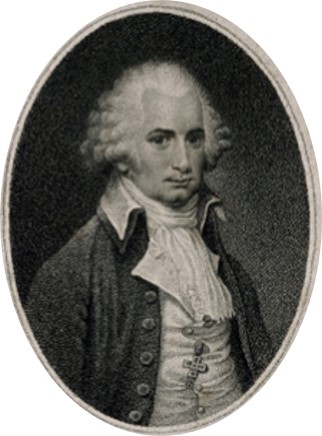
The limited and expensive medical relief that doctors provided before Nations set up free healthcare systems for their people, cleared the way for opportunistic shady individuals to take over the “poor man” territory. Fear and pain made people turn to quackery and its fake remedies.
In the early 17th century quacks peddled their magical cures to village crowds and endured a wondering life of travel, that would take them from place to place in all seasons and weather. But the advent and proliferation of metropolitan and provincial periodicals in 18th-century Britain, altered that style of living. Advertising in the press gave the home-made “cure-all” remedies the convenience of reaching a larger market and consultations would thereafter more conveniently carried out in public houses. Quacks became known as “advertising professors” and many of them even rose to fame and fortune.
Dentistry was largely practiced as a side-line business by barbers and blacksmiths, and often too by charlatans. Dentifrices were advertised as capable of providing an excellent smile and of securing down those teeth made loose by Pyorrhoea and scurvy, two illnesses that were prevalent among the populace.
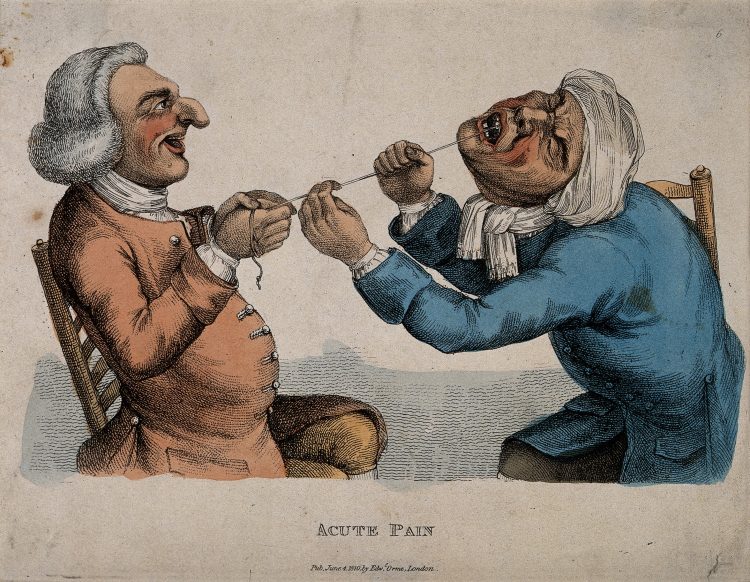
The French physician Fauchard recommended one’s own urine for cleaning one’s teeth; Horace Walpole put his faith in Alum which, when used in large doses or repeatedly, is toxic and fatal.
Nearly everybody had rotting teeth, even children. Although sugar was acknowledged to be the cause, most people believed in the existence of the tooth worm. Such stupidity played strongly in favour of the quack who would drill a hole in the patient’s tooth, cause the gums to bleed and then smuggle in the patient’s mouth, concealed under his nail, a tiny curled up strip of paper. The patient would spit out the blood-soaked thing and thus rid of the creature. Often the decayed part of the tooth was scraped away with scalpels and files. Any exposed nerve was cauterised with a red-hot wire, before the cavity was filled with toxic lead, tar, beeswax or gold.
Tooth transplanting was available only to the wealthy. The tooth had of course to be of the same size and shape of that of the recipient, so as to fit well in his mouth. Only teeth having one root–therefore the incisors or front teeth–could be transplanted as they guaranteed a better outcome. The tooth would be extracted from a penniless adolescent and promptly pushed into the tooth socket of the recipient, whom had of course undergone an extraction only minutes earlier. With a good amount of luck, the new tooth would attach itself to its new home.
Teeth from cadavers were also utilized for transplant, but they would never successfully take.
False teeth and whole dentures were also in use. The most successful denture was of course the lower set, which remained easily in place in the recipient’s mouth aided by gravity. The range of material was wide: pearl, silver, copper, ivory, human teeth. Lord Hervey sported lovely agate teeth made for him on his tour to Italy.
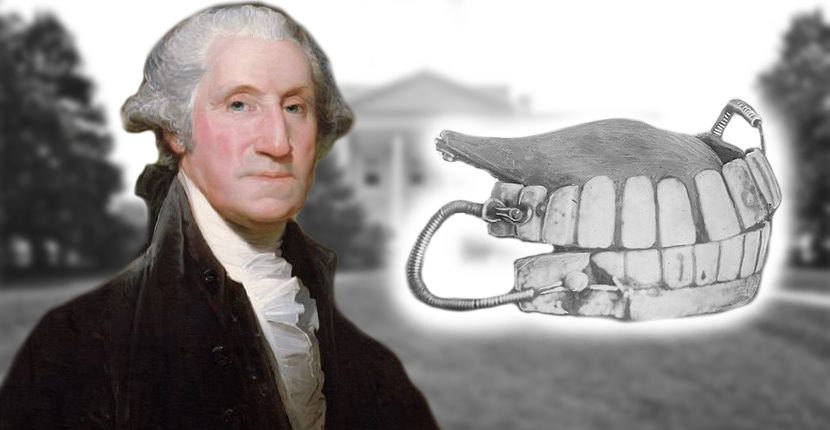
So it was with no surprise that someone with even a modicum of scientific and medical knowledge gained from studying at a reputable institution – the University of Bergamo, in the case of Ruspini– and supported by years of practical apprenticeship, would excel and profit like Ruspini did. And we know that he prospered because when he decided to fix his residence in London in 1766 he could afford to live and practice from premises opposite the Royal Residence of Carlton House in St James’, near Pall Mall.
On 19th February 1757 Ruspini married his first wife Elizabeth Stiles at the Church of St Bartholomew the Great , near Smithfields Market. She later died but there is no record of either when she passed away nor where she was buried. Ruspini’s second wife, Elizabeth Orde, was the eldest daughter of Thomas Orde, Esquire of Langrine Hall near Berwick-upon-Tweed in the County of Northumberland. The couple united in matrimony on 6 April 1767 and Elizabeth gave birth to nine children; four boys and five girls. Sadly, four of the Ruspini’s children died before their father, but two of the boys, James Balden and George Bart, lived on to become surgeon dentists themselves. Around 1768 Ruspini published his “Teatrise on the Teeth” in which he made some obvious observations like the negative effect of sugar on dental health with subsequent decay and consequential evil breath [3]
The publication was advertised as:

A treatise on the teeth. Wherein an accurate idea of their structure is given, the cause of their decay pointed out, and their various Diseases enumerated: To which is added, The most effectual Method of treating the Disorders of the Teeth and Gums, established by a long and successful Practice. By Barth. Ruspini, Surgeon Dentist.
An advert in the York Courant dated 19 May 1752 identifies Ruspini as an Italian surgeon offering a remedy against scurvy and gum infection. Ruspini also successfully sold his “Dentifrice Powder and Tincture for Preserving and Beautifying the teeth and Gums” and an “Elixir for the cure of the Tooth ache” through an extensive promotional campaign in national and London newspapers like The London Gazette.
So confident was Ruspini of his medical and dental skill and knowledge as to make his first consultation free of charge for his patients and requested no payment until they had been cured.
In 1785, Ruspini launched his miraculous Balsamic Syptic which was found to be effective in all cases of external and internal haemorrhage. His publication “A Concise relation of the effects of an extraordinary styptic recently discovered” described the remarkable healing capacities of his compound in these terms:
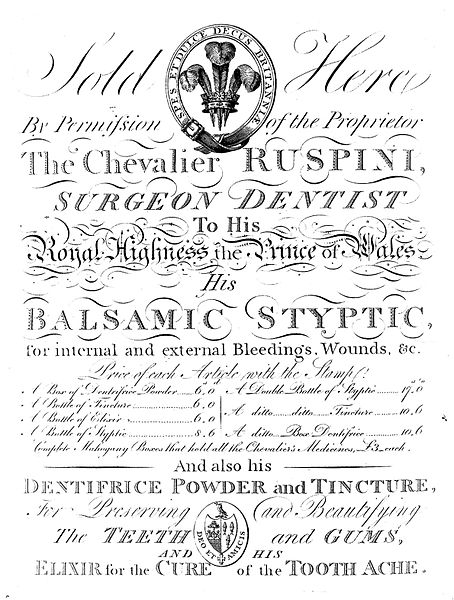
(The ball) passed through the man’s cheek, dividing the Vena Jugularis on both sides, which bleeding was immediately stopped by the Styptic, when no other means could give relief. As a result, Sir John Borlase Warren… liberally ordered a quantity to be furnished to each Vessel of his Squadron, for the use of the Seamen, in difficult cases.
And the newspapers wrote:“after the fullest test of experience,[the syptic] is pronounced adequate to all its purposes. It was not until after constant experiments, during the progress of two years, that the Chevalier ventured to bring it forward to public notice and these experiments were made at his desire by the most eminent surgeons as well as himself. (…) it is of the most important uses in mitigating the horror of war (…)”
In the Bath Chronicle of 1 Nov 1787 an article about a gentleman who cut his hand badly one evening, reports:
Someone recalled Mr Ruspini was at Mr Phillott’s and sent for some of his styptic. Mr Ruspini with his usual good humour got out of bed & sent a bottle of his styptic which stopped bleeding & pain immediately
King George III’s mother, Augusta Saxe-Gotha-Altenburg, became Ruspini’s patron and after the Syptic was successfully employed on the Prince of Wales (later George IV) in 1787, Ruspini was named Royal Dentist.
RUSPINI THE FREEMASON
In England, Ruspini rose to eminence in Masonic circles. He belonged to and held offices in eight separate London lodges and even introduced the Prince of Wales to Freemasonry. He also became a Royal Arch Mason.
In November 1759 he was put forward for initiation but was rejected. Three years later he was however initiated in the Burning Bush Lodge of Bristol.
Ruspini was also a founder of the Prince of Wales Lodge No. 503 in August 1787 , membership of which was confined to those under the Prince’s patronage.
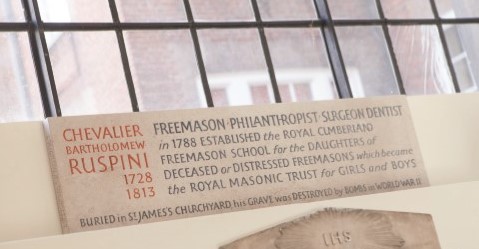
Ten years earlier he had also founded in London the Nine Muses Lodge whose members included nobles, past Grand Masters, and foreign dignitaries, many of whom were Italian like:
- Augusto Carlini
- Count Cavelli, Venetian Ambassador
- Count Cambiagi
- Count Aubannis Gentilli
- Francis D’Ageno , Minister from Genoa
- Marquis Arconati from Milan
- Count Soderini, Venetian Ambassador
- Count Gaetano Trosio of Venice
- Count Barziza
- Marquis Trotti
- Count Andrea Boselli
- Count Lavezari from Venice
Ruspini always showed pride in his origin and was ever eager to help his nationals. Curiously, when you run a search for Chevalier Ruspini on the internet you may land at the website of The British Museum which ,in a flagrant misrepresentation, defines Ruspini as…British (sic!). Ruspini Bartolomeo , not Bartholomew, was born and formed in Italy so how can such a very reputable Institution fake his origin?

The Nine Muses Lodge included distinguished characters from the world of the arts such as Giovanni Cipriani, Francesco Bartolozzi, Felice Giardini; but also Ambassadors from Milan or the Republics of Venice and Genoa , the famous German music composer Johann Christian Bach, the German painter Johann Zoffany and even the Corsican military leader and patriot General Filippo Antonio Pasquale de Paoli. At the direction of the Prince of Wales, in 1791 Ruspini received the unprecedented honour of being appointed “for life” to the office of Grand Sword Bearer.
RUSPINI THE PHILANTROPHER
In his eagerness to help the poor, Ruspini arranged for his tooth powder to be available free from a doctor’s house in Fore Street, London and in 1788 he established that Benevolent Institution that made him notorious in Freemasonry. I am referring to The Royal Cumberland School for Female Objects, which was later renamed The Royal Masonic Institution for Girls and then changed into The Royal Masonic Trust for Girls and Boys.
Ruspini wrote that the school’s purpose was :
Maintaining , clothing and educating an unlimited number of female children and orphans of indigent Brethren, belonging to the Ancient and Hon. Society of Free and Accepted Masons and protecting and preserving them from the dangers and misfortune to which distressed young females are frequently exposed….
The girls would return to their families or go into domestic service at the end of their school life. To fund the School, Ruspini approached wealthy connections like the Prince of Wales and the Dukes of York and Gloucester. But money was never enough so whenever more capital was needed, Ruspini would organize ,on the anniversary of the foundation of the school, a church service and dinner event at which he would invite Masonic brethren to make donations. Ruspini effectively launched the very first kind of Masonic Festival Appeal, of the likes that we see nowadays taking place in all Provinces.
A building opposite the Grand Masonic Lodge in Queen Street, London, houses the offices of the Charity of the Royal Masonic Trust for Boys and Girls and may lead some people to believe the School was and still is at that address. In reality, the school was originally near Somers Place East, Somers Town, on the site that has become the British Library. Nowadays the Masonic School for Boys is in Bushey and the Masonic School for Girls is in Rickmansworth, both locations being in the County of Hertfordshire.
Ruspini’s popularity grew to such an extent that letters only had to be addressed to “Ruspini, England” to reach him. In April 1789, Francis, Duke of Sforza-Cesarini, conferred upon him the “Honourable Order of the Knighthood and Dignity of Count of the Sacred Palace of the Lateral”–also known as The Order of the Golden Spur – thus bringing him the title of Chevalier [2]. It was done in recognition of Ruspini’s ‘professional skill and charitable works with foreigners and the poor’ .
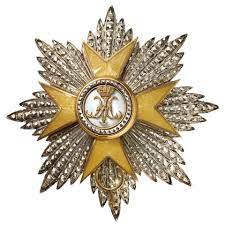
Often, the Chevalier was also referred to as the “Duke of Tuscany” because of his good looks, skill on the dance floor and the flamboyant character that personifies every Italian. People in his circles, portrayed him as the ‘soul of kindness, generosity, hospitality, conviviality, spontaneity, probity, and above all, charity.’
Among his famous acquaintances was also the controversial Count Cagliostro, an occultist and a Freemason who became involved in the famous scandal of the stolen diamonds and necklace that shook the French Throne of King Louis XVI of France.
Ruspini died in 1813 at his home in Pall Mall aged 83/85 and was buried in St James’s churchyard in Piccadilly. His wife survived him.
In 1793 The Freemason Magazine wrote that the Chevalier Ruspini would enjoy for many years the satisfaction resulting from his well-earned fame and so it has proved to be even after his passing.
English Freemasonry is greatly indebted to this Italian gentleman for his extensive masonic work but above all for establishing a Benevolent Institution that has contributed through the generations to raise the importance of the philanthropic Masonic Order.
The author forbids any reproduction or publication of this article, in full or in part, without his explicit authorization
NOTES
[1] Lombard Street in the City of London was named to commemorate the Italian bankers that came from Lombardy, a Region of Northen Italy. Other famous Italian families in this field were the Vetturelli and the Peruzzi from the 16th century and the Frescobaldi, who sat on Edward II ‘s Council. The Bardi and Peruzzi together lent King Edward III millions of florins
[2]In 1539 Pope Paul III Farnese conceded to the Sforza-Cesarini family the privilege to nominate Knights of the Golden Spur and Palatinate Counts: …utuntur, potiuntur, et gaudent, ac uti potiri, et gaudere libere et licite possint concedenti; nec non quoscumque milites auratos et comites palatino…[i]; as well as Apostolic Prothonotaries, Notaries, Judges and Doctors, and the faculty to legitimate progeny. Such privilege continued to be conferred to the family by the successors of Pope Paolo III: Giulio III, Gregorio XIII and Sisto V.
[3] Bad breath was a common attribute of the people of the time and coupled with the lack of personal hygiene, it must have made the act of love a matter to be done away with as speedily as possible.
SOURCES:
Bloody Foreigners, by Robert Windler page138–139, Little Brown edition 2004
London in the 18th Century, by Jerry White, p.275, Bodley Head’s edition, 2012
The Art of Medicine , by Adrian Teale, The Lancet 1.2.2014
Dr Johnson’s London, by Liza Picard, Phoenix Press, 2000
The Royal Masonic School for Girls, The Square Magazine Dec 2014
Bath Chronicle 1709/1787, article:3 d , rmsghistoryextra.WordPress.com/2020/06/26/bartholomew-ruspini/
RMSG , https://rmsghistoryextra.WordPress.com/2020/06/26/bartholomew-ruspini/
Chevaliers About Town; Ruspini and d’Eon from an Adrian Teal’s lecture given at St Pancras Old Church on 3.7.2014
The Freemason Magazine, Dec. 1793
The Royal Masonic School for Girls – Article in The Square Magazine of December 2014
- MUSIC AND THE CRAFT – LUIGI BORGHI , A FREEMASON OF THE NINE MUSES LODGE - October 31, 2022
- SPILSBURY – THE FREEMASON FATHER OF FORENSIC SCIENCE - April 18, 2022
- THE MASONIC GLOVES - March 21, 2022

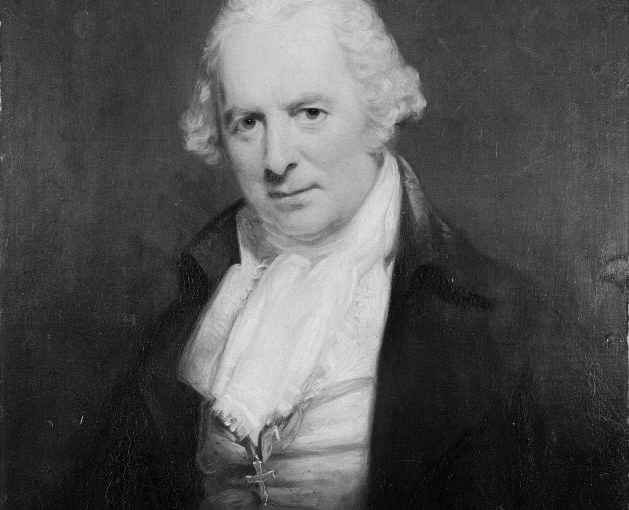
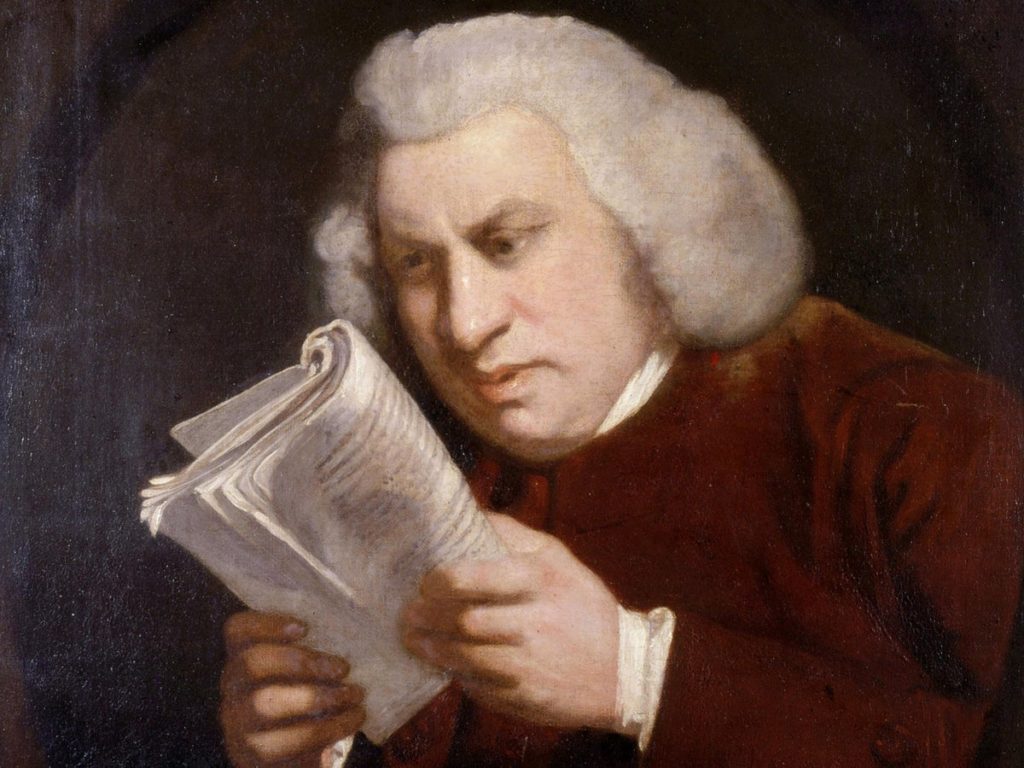
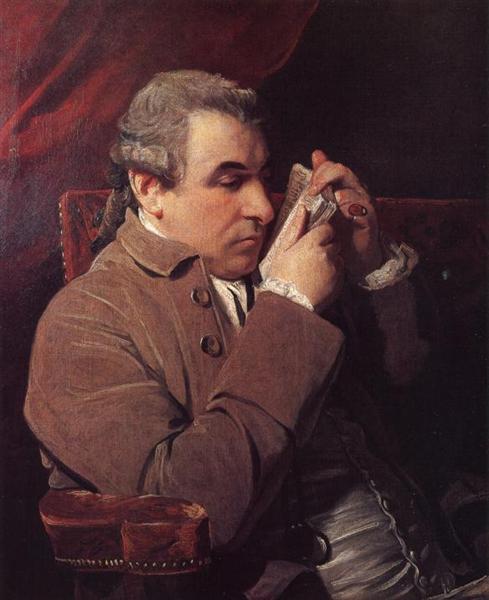
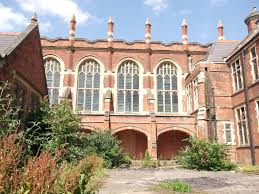

HHello. Im a offsprings of William Ruspini. His Daughter Elizabeth Ruspini Marrid to Chares Mapother and her Charles Mapother came to jamaica in the 1800. He is fatherof my 2 grandmother. Eliza Mapothe. Her mother was Born 1804 in jamaica Bwi Charles left jamaica on a ship to usa 1838. Hemarried Rebecca starr Cornellin Kings county Nyc and have childrenwith her. Ive done excessive research on this Im ablack woman that done my ancestral dna Chevalier Ruspini was born italy 1728 His father was born in italy 1707. Near milan italy i found all of his children and who they married Ive Ruspini that i connect with via dna testing